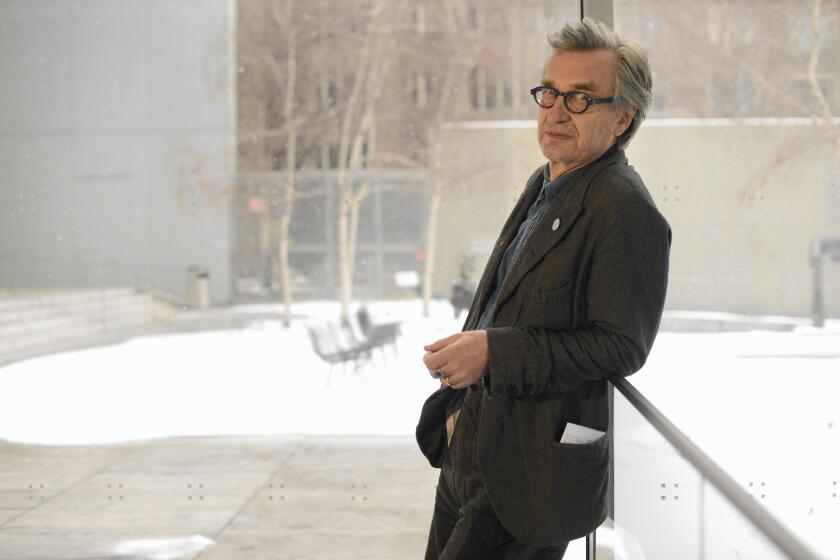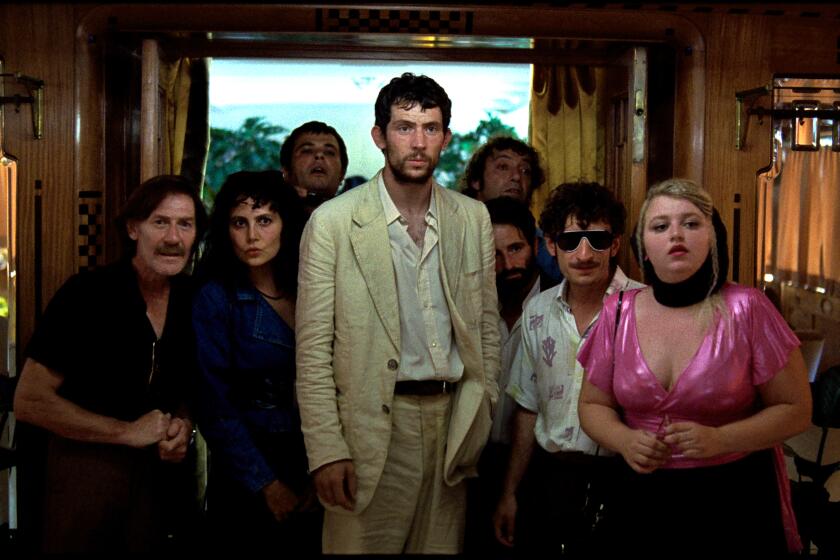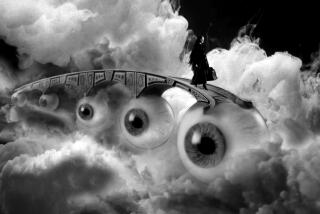Wim Wenders’ new films explore the ‘poetic medium’ of 3-D and Tokyo toilets
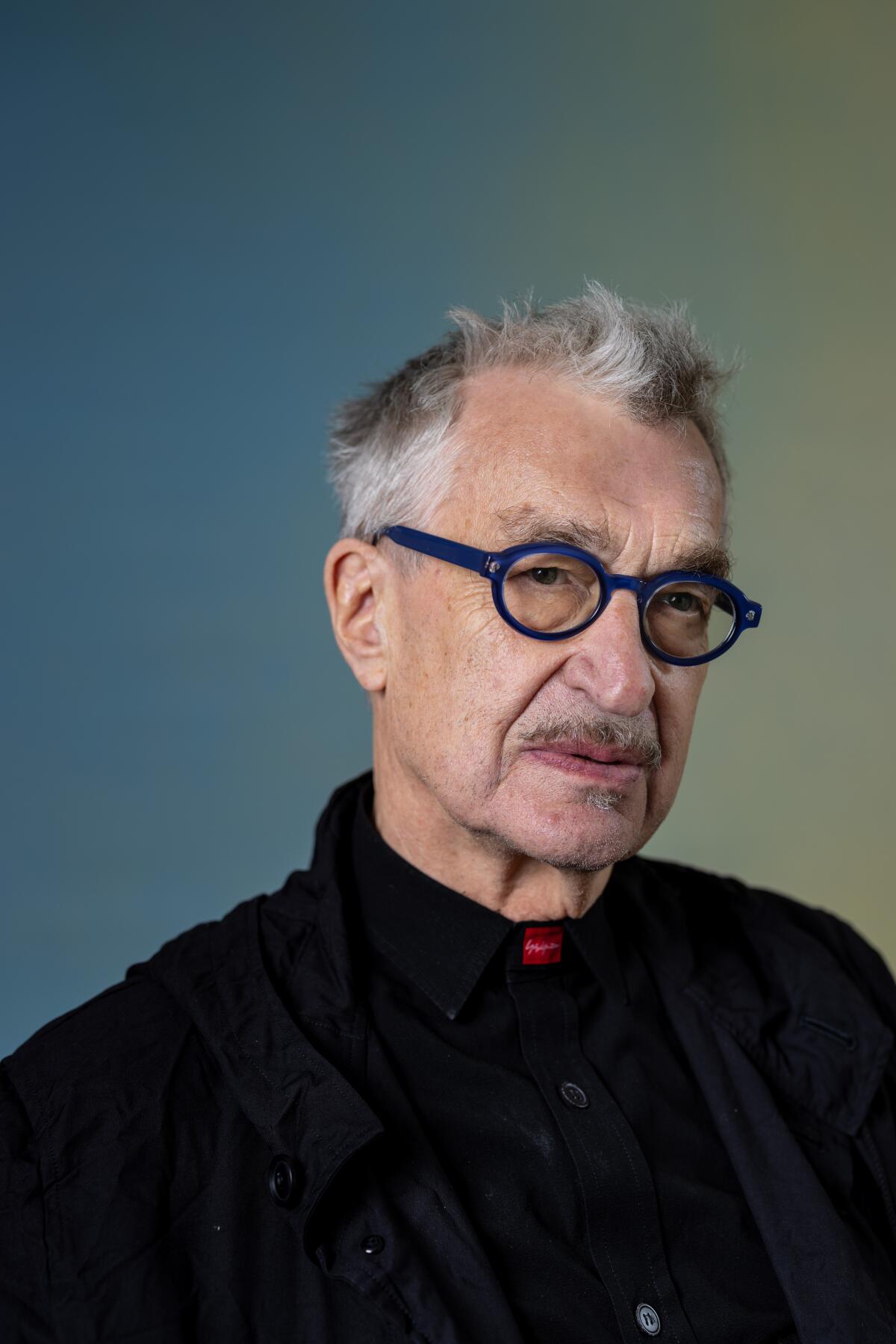
- Share via
Wim Wenders is having a banner year. Now 78, the filmmaker who was first celebrated in the 1970s as a leader of New German Cinema is enjoying a peak moment with two acclaimed new films. The documentary “Anselm” is an often fantastical 3-D immersion into the monumental work of German artist Anselm Kiefer. Meanwhile, the fictional drama “Perfect Days,” about the seemingly placid life of a Tokyo toilet cleaner, is Japan’s official entry to the Academy Awards for international feature.
Both movies premiered at the Cannes Film Festival in spring, although not necessarily by design.
“One took a long time, and the other one was done furiously and fast, and for some reason they both came out at the same time,” said Wenders, who was back in Japan recently to head the jury of the Tokyo film festival.
“Anselm” was the more time-intensive enterprise; Wenders and Kiefer initially discussed such a project three decades ago. They first met in 1991, and Wenders had long felt a kinship. “We both grew up in a society that frantically tried to invent a future,” said the filmmaker, who came of age in a divided, postwar Germany. “There was no more country. But they took that as a frame that there was also no more history.”
NEW YORK — Wim Wenders is standing in front of an Edward Hopper painting at the Museum of Modern Art when a quizzical look comes over his face.
The two artists had very different responses to this. “My attitude was always, ‘I want to get out of here,’ and I did,” Wenders said. “And I very much learned to appreciate his courage that he stayed and examined and turned back to a previous century, to the 19th century, Romantic art and everything that had been discredited by the Nazis. He just took it up and said, ‘No, kids, this is worth looking into.’”
Kiefer’s reckoning with German history, culture and tragedy is captured in its epic scale across a sprawl of time and space, in all manner of media (sculpture, installation, painting, photography and hybrids of industrial endeavor requiring flamethrowers or small mountains of dirt). The artist’s 100-acre compound in Barjac, in the south of France, is itself an art statement. Wenders fixated on it, particularly the massive studio through which cinematographer Franz Lustig’s 6K camera floats, giving the audience a sometimes dizzying, sometimes hypnotic perspective.
“It was the experience in that space and the vastness of it and the way his art lived in space,” said Wenders, addressing what impelled him to jump-start the film after a 2019 visit. “You could never, ever grasp it if you have a catalog. I realized there was an experience that I could translate.” Wenders, now making his fifth 3-D project, calls his use of the format a mission.
“It’s almost a scandal in film history that it got so little chance to develop itself as a language and was so quickly abused for strictly action and, of course, animation. It is such a poetic medium,” Wenders said. “You just see so much more than you normally see on a flat screen. It’s the whole presence of things and the aura that things have.”
Thrice-nominated for the documentary Oscar, Wenders has long made nonfiction features and shorts alongside his fictional work. The forms often rub against each other. “When I made ‘Wings of Desire,’” said Wenders, noting his popular 1987 romance, “the initial idea was to make a documentary about the city of Berlin. I realized it’d be better if I have a story and some characters. Eventually, it became outrageous characters: guardian angels. It was almost fantasy territory. But in this fantasy territory we made a film that is maybe the best possible documentary on a Berlin that doesn’t exist anymore.”
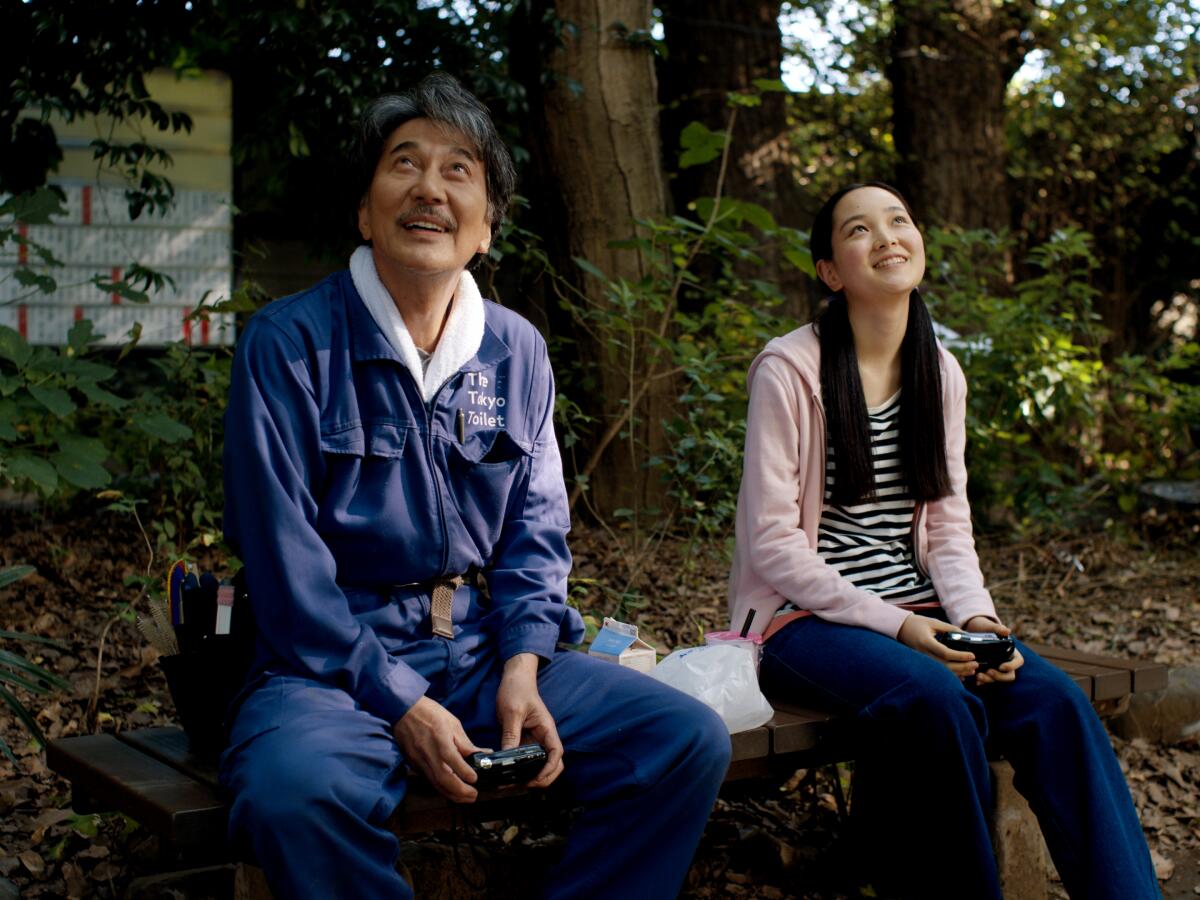
The Tokyo of “Perfect Days” is seen through the eyes of Hirayama (Koji Yakusho, who won the actor prize at Cannes), a gentle, solitary man who spends his days cleaning public toilets and his evenings reading Faulkner and Patricia Highsmith. His hobby is photography, taking analog snapshots daily of light filtering through tree leaves. His soundtrack is classic rock ’n’ roll he plays off vintage cassette tapes as he drives to work in a beat-up truck: Patti Smith, Van Morrison, Nina Simone and, of course, Lou Reed, whose 1972 song supplies the movie’s title.
Wenders, who developed the story with Japanese poet and writer Takuma Takasaki, had entertained a commission to do some sort of documentary project on architects and the Tokyo public toilets — “little marvelous jewels,” Wenders calls them — they had designed. He talked himself out of the job but meanwhile was inspired by the “civic sense of the common good” that the Japanese displayed after coming out of the long COVID-19 lockdown. “Perfect Days” began to stir out of these experiences during visits to Tokyo.
Times film critic Justin Chang saw all 21 films in competition at this year’s Cannes Film Festival. Here’s his ranking, from worst to best.
The collaborators had the idea to evoke something like “Groundhog Day.” “Except that for our man Hirayama, every day is not the same, because he lives every day from scratch,” Wenders said. Gradually, that routine begins to unravel in surprising and revealing ways. “In the end, it was about [having] a different purpose in life.” Hirayama is a man “who is happy with the idea that he only has what he needs at the moment.”
Spending time with such a character inspired Wenders to do a little housecleaning. “I threw away two-thirds of my possessions,” he said, quickly adding: “I must admit, not in terms of records.”
It was impossible not to ask Wenders, whose iPhone is fully loaded with most of his music library, what’s occupying his ears.
“I’m listening a lot to African music these days,” he said. “Of course, I still listen to the old heroes. Dylan has brought .... Did you listen to this double album of live music he released a few months ago? This [“Shadow Kingdom”] is such a beautiful record. My great hero of contemporary music is Billie Eilish … I think she is truly original and has really remarkable songs. And for once, I can listen to the same music as my godchild.”
More to Read
From the Oscars to the Emmys.
Get the Envelope newsletter for exclusive awards season coverage, behind-the-scenes stories from the Envelope podcast and columnist Glenn Whipp’s must-read analysis.
You may occasionally receive promotional content from the Los Angeles Times.
